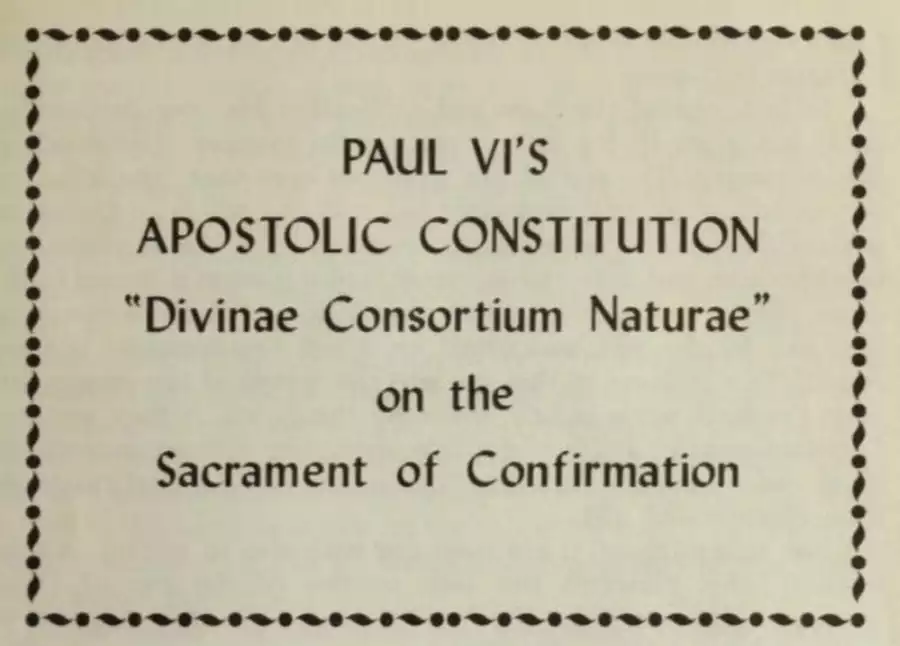
Unveiling the Significance and Impact of the Church’s Highest Decrees
The Apostolic Constitution, a term that resonates with authority and tradition within the Catholic Church, represents the highest form of decree issued by the Pope. Rooted in centuries of ecclesiastical history, these documents are pivotal in shaping church law and doctrine. They are often issued to articulate significant teachings, regulate church governance, or establish new dioceses or religious institutes. These constitutions, a testament to the Papal authority, have guided the Catholic faith through transformative periods, marking milestones in its enduring journey.
In the annals of Papal history, the Apostolic Constitution has often served as a beacon of doctrinal clarity and administrative direction. Its significance extends beyond mere procedural documentation; it embodies the living tradition and adaptive response of the Catholic Church to evolving ecclesiastical and societal contexts. For instance, the Apostolic Constitution ‘Ex Corde Ecclesiae’ issued by Pope John Paul II in 1990, underscored the critical role of Catholic universities in the modern world. It emphasized the integration of academic excellence with the ethical and spiritual dimensions of education, reaffirming the church’s commitment to intellectual inquiry and moral guidance. This harmonization of faith and reason, a hallmark of Catholic education, illustrates the broader purpose of such Papal documents: to navigate the complexities of contemporary life while upholding the timeless values of the Gospel.
One such historical moment was the promulgation of the Apostolic Constitution ‘Missale Romanum’ by Pope Paul VI on April 3, 1969. This document, a cornerstone in liturgical reform, sanctioned the use of the vernacular in the Mass, thereby revolutionizing Catholic worship and making it more accessible to the laity worldwide. Another notable Apostolic Constitution is ‘Pastor Bonus’, issued by Pope John Paul II in 1988. It reorganized the Roman Curia, ensuring a more efficient administration of the church’s affairs. These documents not only reflect the church’s response to contemporary challenges but also its commitment to preserving the core tenets of Catholicism.
References
Fitzgerald, K. (2019). “Catholic Church Law: A Historical Analysis.” Cambridge Press.
Thompson, L. (2015). “The Papacy and its Doctrines.” University Press of America.
University of Ottawa. “The Development of Canon Law and the Ecclesiastical Authority.” Accessed January 21, 2024. uOttawa Repository.
Google Books. “The Evolution of the Apostolic Constitution.” Accessed January 21, 2024. Google Books.
